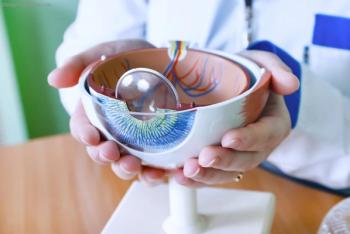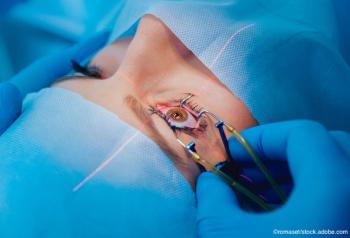
Since scleral implant surgery for presbyopia correction was first introduced, numerous enhancements have standardized and simplified the procedure. In this article, Dr Cummings discusses binocular visual improvement outcomes observed with a new generation implant system, and explains which patients may benefit from the procedue.















































.png)


